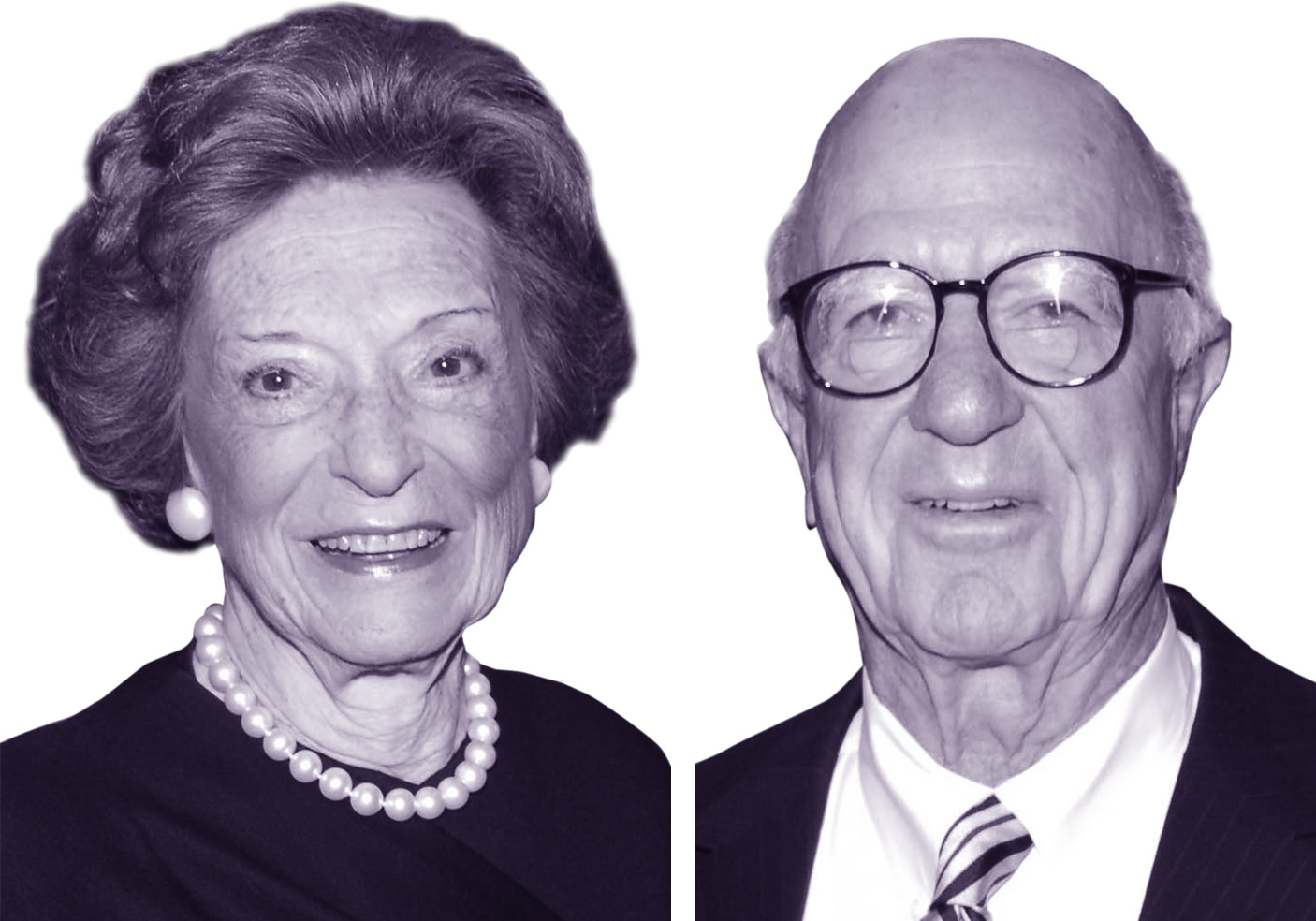
PHIL KNIGHT
1938–
A cofounder of the leading American sportswear brand Nike, Inc., Phil Knight channeled his love of running into first importing then manufacturing sneakers. He built Nike into one of the world’s largest suppliers of sports shoes and clothing, serving as the company’s CEO and chairman and amassing a huge fortune in the process.
Born in Oregon in 1938, Philip Hampson Knight enjoyed running from a young age. He was a key member of Cleveland High School’s track team, and he also competed while studying at the University of Oregon. He trained as a middle-distance athlete with legendary track coach Bill Bowerman, who was already experimenting with improving the design of running shoes. When no footwear company would take up his ideas, Bowerman created his own design. Knight was the first to try the prototype.
While Bowerman continued to test his shoe ideas, Knight graduated with a degree in journalism. After serving in the army, he enlisted for an MBA at Stanford University, where one of his assignments was to devise a new business idea. Other students focused on electronics and technology, but Knight stuck to what he knew best. His business plan was based on sneakers—importing high-quality sports shoes from Japan and selling them in the US at a high profit margin. He got an A for his thesis—and the idea for his business.
First business steps
In 1962, Knight traveled to Japan and forged a relationship with Onitsuka, the manufacturer of Tiger running shoes. He and Bowerman invested $500 each in their company Blue Ribbon Sports, importing Tiger sneakers to the US. Early sales were made from the trunk of Knight’s car—1,300 pairs in the first year, grossing $8,000. By 1969, with two stores, 20 employees, and sales of $300,000, Knight quit his accounting job to manage the company full time. In 1971, a dispute with Onitsuka ended links with the Japanese supplier. Knight then changed the company name to Nike and revised the business plan; instead of selling another brand, Nike was to start producing and selling its own shoes. Knight paid a graphic design student just $35 for the now famous swoosh logo, later giving her shares in the company.

Jeff Johnson, Nike’s first employee, suggested the company’s new name, after the Greek winged goddess.
“Let everyone else call your idea crazy … just keep going. Don’t stop.”
Phil Knight, 2016
Birth of a brand

The first Nike shoe—the Cortez—debuted at the Olympic trials in 1972 and went on to earn the company more than $3 million. Product innovations such as the waffle sole and raised heel played a major role in Nike’s early success.
Knight was not a fan of formal marketing. He wanted to shape Nike around the needs of athletes, such as long-distance runner Steve Prefontaine, who influenced other runners to wear the shoes. Further paid endorsements came from athletes such as basketball player Michael Jordan, tennis star John McEnroe, and golfer Tiger Woods. In the 1980s, the company began to use mainstream advertising, often with a motivational message, building the brand with the trademark slogan “Just Do It.” Knight was determined to keep ahead of the competition at a time when fitness was gaining in popularity.
In the 1990s, Knight responded to anti-globalization protesters by initiating new supply chain reforms, such as assigning field managers to the various regions and making them responsible for monitoring compliance with labor laws. Nike has continued to steadily expand its business and diversify its product line through numerous acquisitions.
Knight stepped down as chairman of Nike in 2016. To date, he has donated billions of dollars to US educational institutions and also made significant contributions to charity.

Knight started selling Japanese sneakers from the trunk of his car at athletics events in 1964. He showed runners why he liked wearing them to initiate sales.
DONALD AND DORIS FISHER

The first Gap store opened by Donald and Doris Fisher in 1969 sold Levi’s jeans and records. By 2018, the global brand had sales of $16.6 billion.
When he could not find a pair of jeans to fit him, Donald Fisher (1928–2009) set up The Gap in San Francisco with his wife Doris (1931– ). Trading on the guarantee that they would always have every style and size of Levi’s jeans in stock, the store had a ready market among teenagers. In 1972, The Gap started manufacturing its own brand basics, initiating a high-street branding revolution. Taking The Gap public in 1973, the Fishers continued to expand the business, acquiring Banana Republic and founding new divisions such as babyGap. Gap, Inc., is now a multibillion dollar business, with more than 3,700 stores worldwide.
MILESTONES
PLANS FOR BUSINESS
Wins a contract in 1962 to distribute Onitsuka shoes in the US. The first samples take a year to arrive.
ESTABLISHES COMPANY
In 1964, sets up Blue Ribbon Sports with coach Bill Bowerman. Opens first store in California in 1967.
LAUNCHES NIKE BRAND
Changes company name to Nike in 1971; the first Nike-branded shoe is launched a year later.
“JUST DO IT”
In the 1980s, diversifies product lines and increases brand presence by using motivational slogans.
RETIRES FROM NIKE
Steps down as chairman in 2016, and continues with philanthropy; by now, Nike has revenues of $32 billion.
